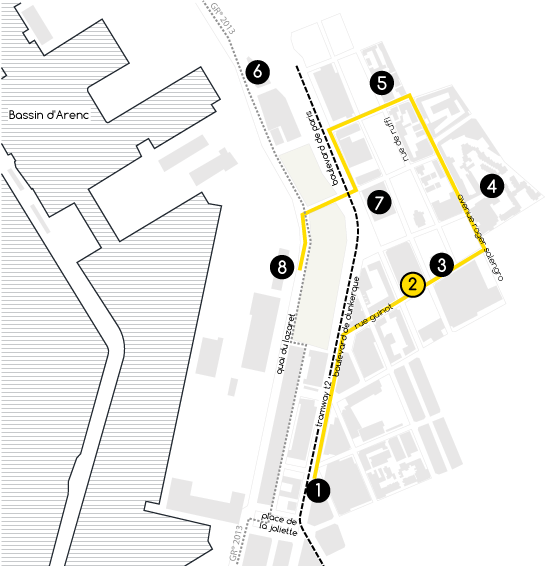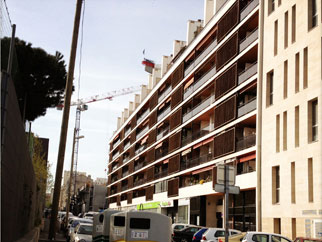
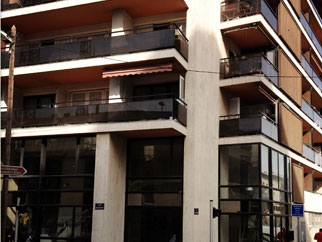
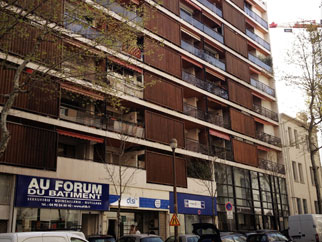
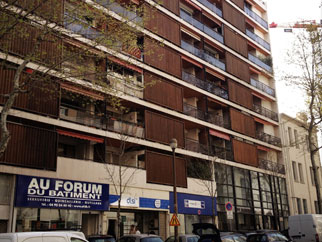
Let's take a stroll through the Euroméditerranée district, the largest urban redevelopment in Southern Europe, which, over the last decade and a half, has been transforming former port brownfields into a true 21st-century Mediterranean city. The objectives are to reconnect the port to the city, extend the downtown core northwards, and create an interface with the surrounding neighbourhoods - and the metropolis beyond. A showcase for Marseille, this area is a major site of experimentation encompassing regional and international architectural trends.
